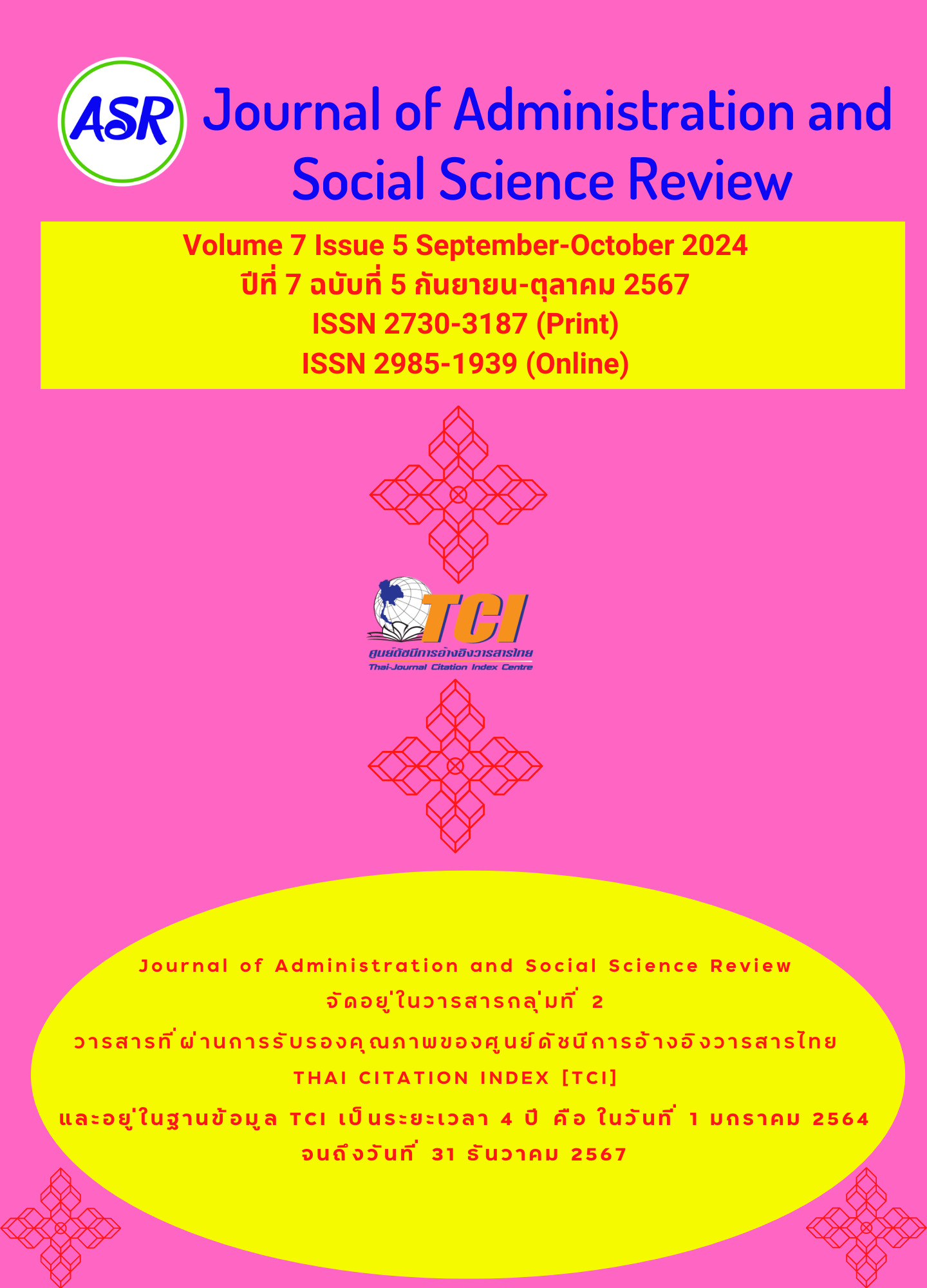Development of the Curriculum Administration at the Opportunity-Expanding Schools in the Highlands under the Phitsanulok Primary Educational Service Area Office 3
Keywords:
curriculum administration, highland opportunity expansion schoolsAbstract
This research article aimed to study the needs and ways for development of appropriate and feasible curriculum administration at the opportunity expanding schools in the highlands under the Phitsanulok Primary Educational Service Area Office 3.The research was a quantitative and qualitative method, consisting of 4 school administrators, 81 teachers, and 4 school presidents. The target group included 9 people, including 3 school administrators, 3 teachers, and 3 supervisors; the sample group consisted of 4 school administrators, 16 teachers, and 4 school presidents. Data collection tools were questionnaires and interview forms. Statistical tools used in data analysis were, mean, standard deviation, need priority index, and content analysis.
The results showed the following. 1. Needs and necessities for the administration of the educational institution curriculum, integrating into the local curriculum at the opportunity-expanding schools in all 5 areas, were arranged from the most to least, namely: curriculum preparation, supervision, monitoring, administration, evaluation, and summary of results. 2. Guidelines for the development of the school curriculum administration included preparation of educational institutions problem-based contextualization, with strengths and weaknesses curriculum preparation the schools created a local curriculum. The schools set a vision, goals, and mission, focusing on making students love and act in the local area; curriculum administration design an integrated learning management plan, appropriate for the schools locally in learning and practicing; supervision monitoring the curriculum implementation and quality evaluation ;and evaluation and summarization of the operational results constant supervision and monitoring of operations for the school curriculum development. 3. The appropriateness and feasibility of the guidelines overall was at a high level.



